We had such an amazing time in Launceston visiting Cataract Gorge, eating at some outstanding restaurants, and enjoying the weekly farmer’s market. A couple of days ago, I visited the Queen Victoria Museum and Gallery (QVMAG). According to their website, this is Australia’s largest regional museum. Can confirm that it is huge. I spent around two hours here which wasn’t enough but visitor fatigue got the better of me. I will provide an overview of the Museum then touch on a few highlight elements.
History of QVMAG

QVMAG started from the collections of the Royal Society of Tasmania and the Launceston Mechanics Institute. When it opened in 1891, it was intended to just be an exhibition located in Royal Park. State Government funding allowed the exhibition to grow into a whole museum. If only museum funding was like this today. Its original collection focus was mineral specimens and natural sciences. This grew in the early 1900s to accommodate a zoological gallery.
The Museum and its collection continued to grow throughout the 20th century with large acquisitions of convict-related objects and scientific specimens. In 2001, the Museum relocated to the railway yards in Inveresk. This is where the natural sciences and history collections are on display today. The Art Gallery remains at the original Royal Park site. I only visited the Inveresk site so will not be commenting on the Gallery.
Part of the Museum also includes other buildings such as The Blacksmith Shop. This was built between 1909 and 1937 and operated until 1994. I will write a section about this building later, but I will say it gives Cockatoo Island, abandoned industrial vibes.
Highlights of the Museum
There are a few highlights I want to mention that range from inclusions in exhibitions to signage and interpretation. I’ll be jumping all over the place so I am going to include the map here and make sure I mention the section underneath each highlight.

Highlight 1: Touch Signs
Section: Tasmanian Connections
Broadly speaking, there has been this fantastic move to multi-sensory and more accessible museum experiences. Including touch objects is a great way to increase engagement and cater to those who may have low or no vision. QVMAG has quite a number of touch objects including replica dinosaur fossils, megafauna, and a Tasmanian Tiger pelt. There are large green signs next to the objects you can touch and large red signs next to the ones you cannot. It would be good to have some audio to accompany for those who may have no vision. I enjoyed interacting with a few of the touch objects – they always enhance an experience.

Highlight 2: Transport Section Shoes
Section: Tasmanian Connections
Behind the dinosaurs are some transport objects including a 1923 Alfa Romeo RLS (one of only five in the world) and a cute 1950s caravan. Amongst all these large objects is a case filled with shoes. Why? Because walking, technically, is a form of transport, so why not include shoes in this section. I really like this idea and how the interpretative panel linked it all together. It poses the question: with the rising environmental costs, will walking once become a primary form of transport? My eyes immediately rested on the 1900 ladies’ button boots. They are stunning and look quite comfortable.


Highlight 3: Tasmanian Tiger (Thylacine) Display
Section: Tasmanian Connections
I did not want to leave Tasmania without seeing something about the Tasmanian Tiger (Thylacine). Luckily, QVMAG delivers. In an exhibition titled Precious Little Remains, you can learn all about the Tiger and see some remains. There are a couple of display cases containing bones such as the skull, limbs, and vertebrae. There is also a polyester pelt you can touch on the wall. My favourite part is the taxidermied Tigers including an adult female collected prior to 1897. This is one of the only specimens where you can see the pouch. Next to the Tiger is a Dingo to provide a size comparison. The other part of the display I liked was the section on whether or not they are extinct. It is interesting to see that the Museum has been collecting material culture relating to claimed sightings since the 1940s.


Highlight 4: Beer
Section: Tasmanian Connections
This section captured my attention while walking through. In this case are a few bottles of beer and some yeast. According to the panel, bottles of beer were found in the wreck of the Sydney Cove (a merchant ship sent from India to Sydney in 1796). Scientists were able to isolate some live yeast that was used to brew beer in 2016.

Highlight 5: Display of Porcelain
Section: Tasmanian Connections
I’ve included this because it’s an interesting and engaging way to display porcelain fragments. These fragments were retrieved from the Sydney Cove wreck. You can see both the whole of the porcelain piece and also where the fragment would have been positioned.

Highlight 6: The Blacksmith Shop
Section: The Blacksmith Shop
When you step outside the Museum to the Courtyard, you can see the Blacksmith Shop on the other side. Inside, you walk around a guided platform while listening to a soundscape of factory noises. I recommend finding the entrance with the introductory panel and maps so you can orientate yourself in the space. This reminded me so much of Cockatoo Island in Sydney.

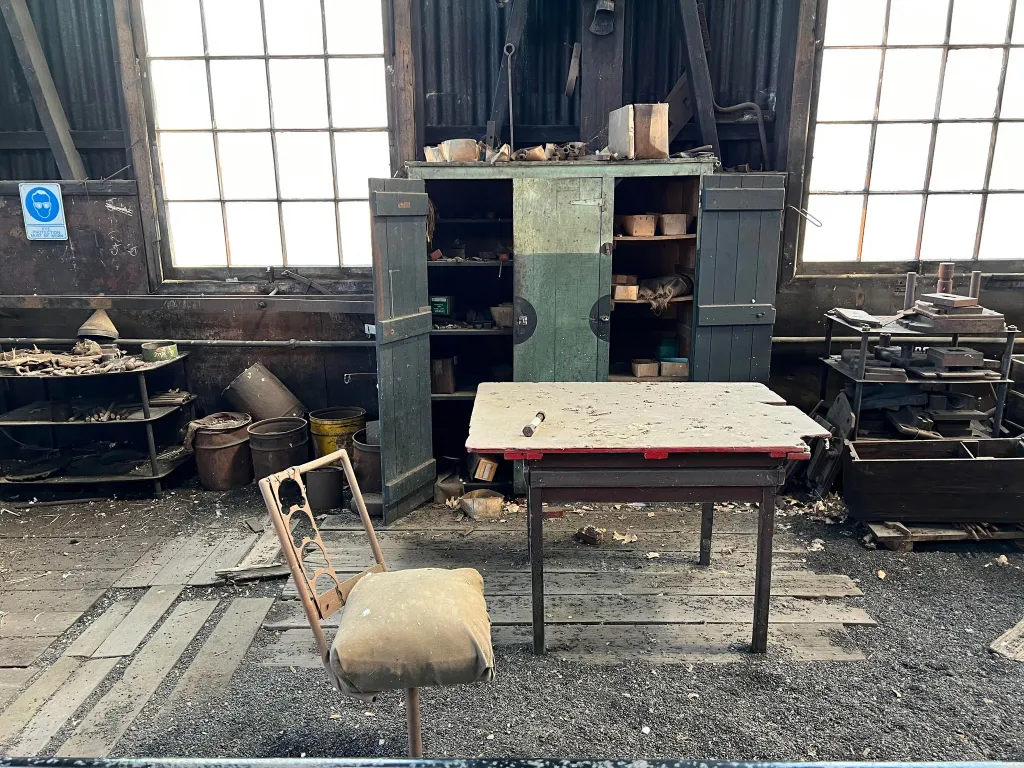

Extra Highlight: Surprise Dog
Section: Transforming the Island
In the area on Transforming the Island, there are a few large train carriages to explore. In one, there is a dog box, where passengers would leave their dogs. Inside is a taxidermied dog so I’m including it as a surprise dog.

Logistical Information
QVMAG is a fully accessible site open seven days a week from 10am – 4pm. It is closed Christmas Day. Entry is free! If you want to see any observatory shows, there is a small cost. Highly recommend visiting if you are in Launceston.


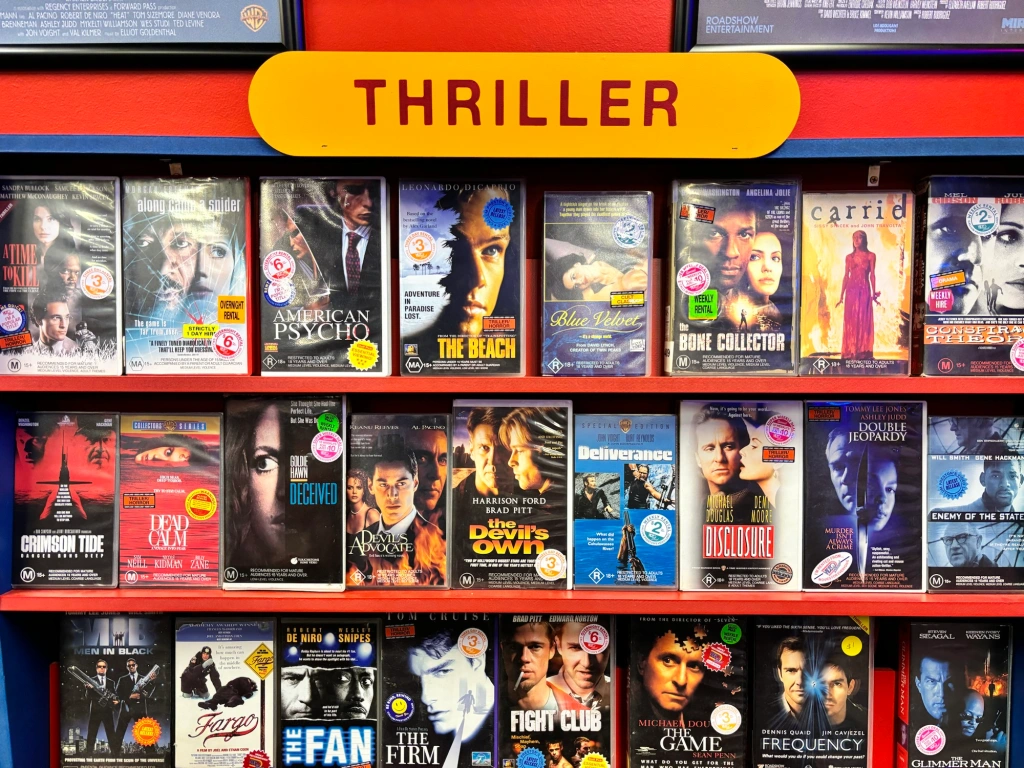
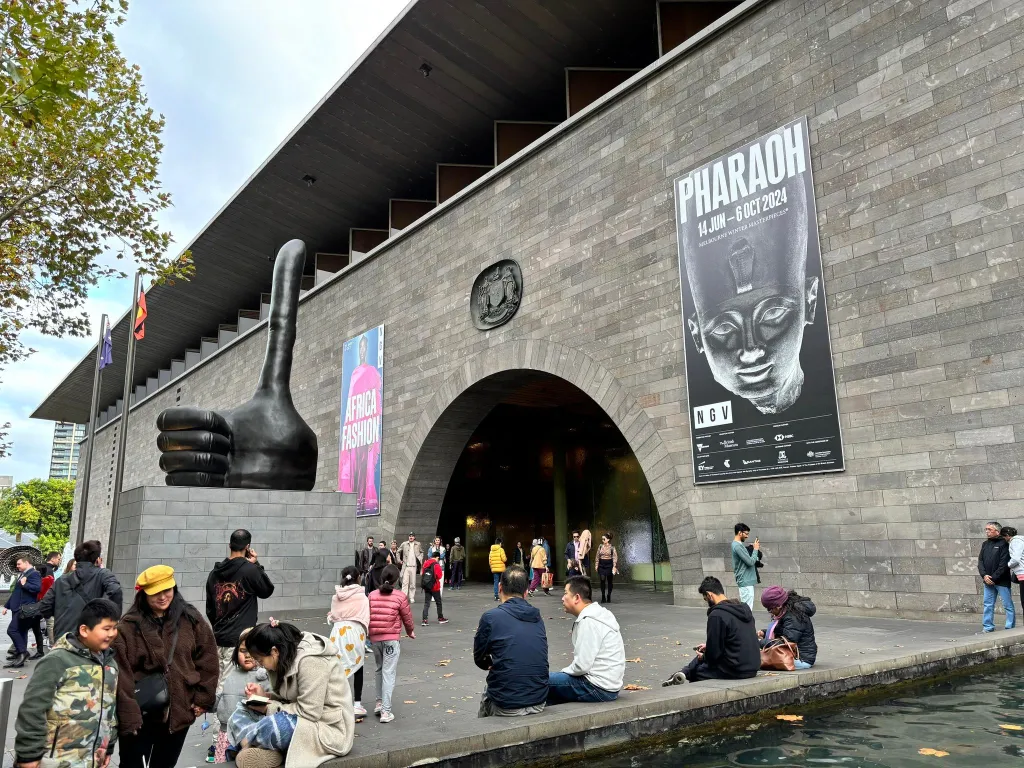
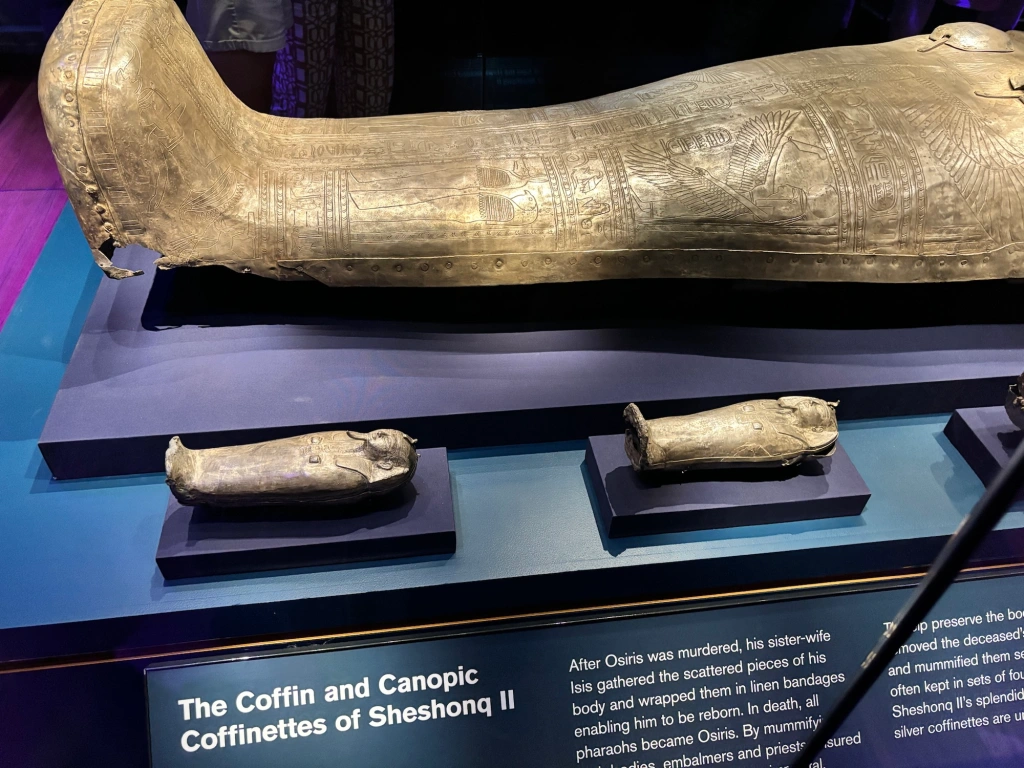

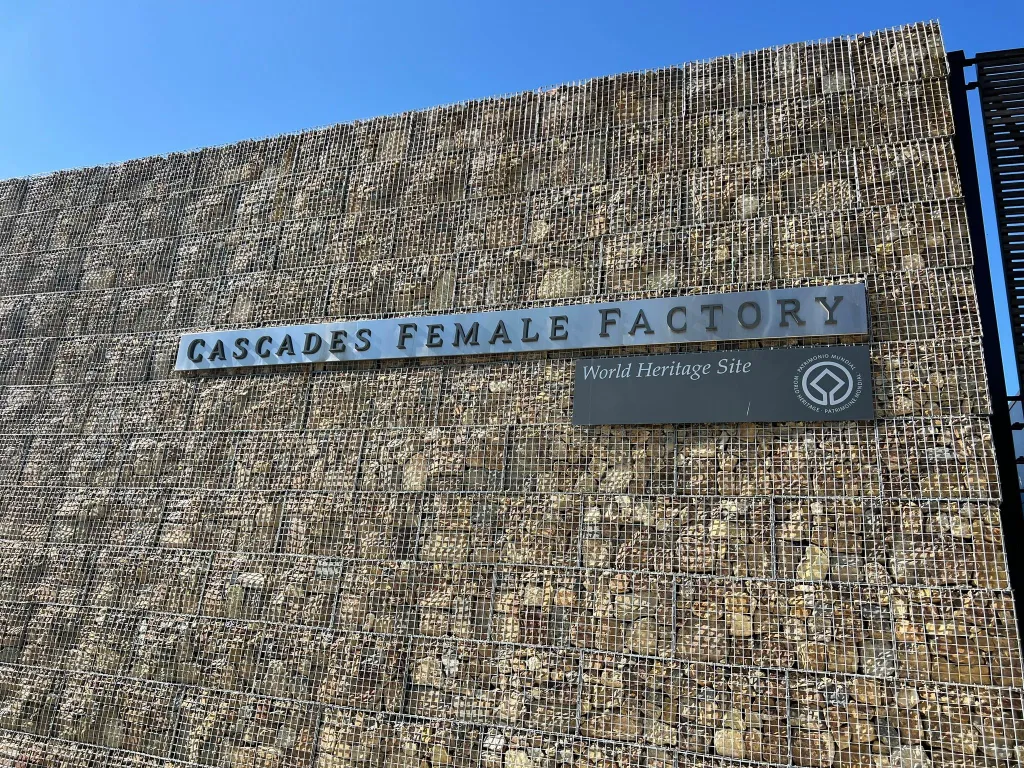
Leave a comment